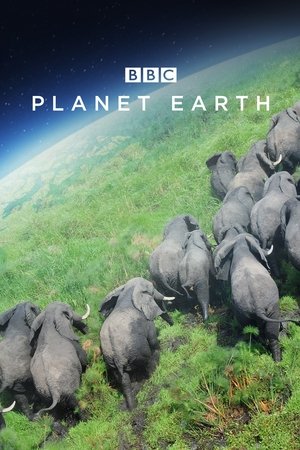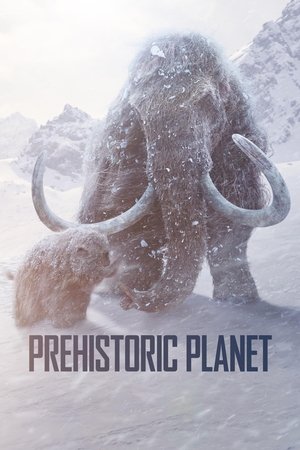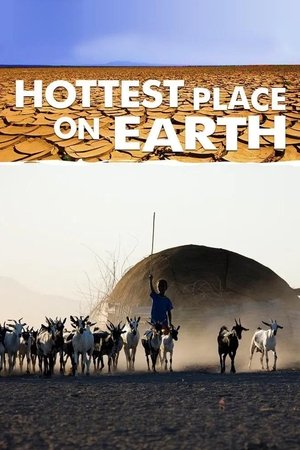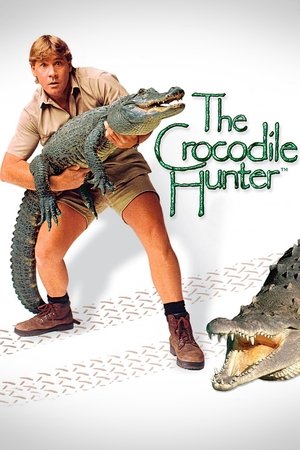
Kingdom of Plants(2012)
Overview
Sir David discovers a microscopic world that’s invisible to the naked eye, where insects feed and breed, where flowers fluoresce and where plants communicate with each other and with animals using scent and sound.
Loading episode ratings...
This may take a moment for shows with many seasons.

Season 1
3 episodes • 2012

Season 1
3 episodes • 2012
| # | Episode | Air Date | Rating |
|---|---|---|---|
| 1 | Life in the Wet Zone | May 26, 2012 | 0.0 |
| 2 | Solving the Secrets | Jun 2, 2012 | 0.0 |
| 3 | Survival | Jun 9, 2012 | 0.0 |
Related Shows

Unnatural Selection
2019From eradicating disease to selecting a child's traits, gene editing gives humans the chance to hack biology. Meet the real people behind the science.

Pole to Pole
1992Michael Palin undertakes an epic journey of 23,000 miles, traveling from the North to the South Pole across 17 countries with a minimum of air travel, all on a tight deadline.

Lost Land of the Volcano
2009An international team of scientists, cavers and wildlife filmmakers venture deep into the heart of the remote tropical island of New Guinea.

Earthstorm
2022Storm chasers, survivors and first responders recount their harrowing experiences with volcanoes, tornadoes, hurricanes and earthquakes.

Darwin's Dangerous Idea
2009Andrew Marr explores how Darwin's theory of evolution by natural selection has taken on a life of its own far beyond the world of science.

Nature's Miracle Orphans
2014The first months of an animal's life are crucial - if they lose their mothers, they'll need help. Meet the wild orphans getting a second chance, and those devoted to saving them.

Planet Earth
2006David Attenborough celebrates the amazing variety of the natural world in this epic documentary series, filmed over four years across 64 different countries.

North America
2013The seven episodes explore North America: where civilization collides with untamed wilderness. Just feet beyond our own backyards rages a spectacle we never see. Join us as we step into this hidden world teaming with life - across impossible mountains and endless deserts. Dive into unexplored forests and crash into rugged coasts. This vast continent offers boundless rewards for those brave enough to take on this land - and call her home.

Paradise Islands
2017The tropical islands that lie between Asia and Australia are among the biologically richest on earth, and home to a vast number of plants and animals. From tree kangaroos to tarsiers, manta rays to mudskippers, the region abounds with life. But why? The answer lies deep in time, due to the many millions of years these islands have existed - and the power of the earth, the sun and the moon.

Epic Yellowstone
2019Bill Pullman introduces and narrates this four-part documentary on the world's first national park, Yellowstone.

Prehistoric Planet
2022Experience the wonders of our world like never before in this epic series from Jon Favreau and the producers of Planet Earth. Travel back 66 million years to when majestic dinosaurs and extraordinary creatures roamed the lands, seas, and skies.

Hottest Place on Earth
2009No description available.

Island of the Sea Wolves
2022Explore wild, wondrous Vancouver Island, where the ocean nurtures all life, from bald eagles who go fishing to sea wolves who swim in frigid waters.

Kingdom of the Oceans
2011A four-part documentary series on ocean life around the world.

Wild Canada
2014The four-part series takes an awe-inspiring look at the world around us, shot with ultra-high-definition cameras that capture sweeping panoramas and extraordinary close-ups of Canada’s majestic terrain and diverse species.

Australie : l'Odyssée Sauvage
2023No description available.

The Crocodile Hunter
1997Australian host Steve Irwin and his wife Terri run a wildlife refuge. Their shared passion is educating the world about wildlife, including the much feared crocodile and numerous venomous snakes. Steve's specialty is the capture and relocation of crocodiles. No animal appears too threatening to Steve, his true respect for animals is the foundation for everything he does.

Dark Side of the 90's
2021A deep dive into the decade's untold history, revealing secrets, and prespectives.

The Green Planet
2022This documentary series about plants is the first immersive portrayal of an unseen, inter-connected world, full of remarkable new behaviour, emotional stories and surprising heroes in the plant world. Planet Earth from the perspective of plants.

Alaska: Earth's Frozen Kingdom
2015Three-part series that looks at a year in Alaska, revealing the stories of pioneering Alaskans, both animal and human, as they battle the elements and reap the benefits of nature's seasonal gold rush.